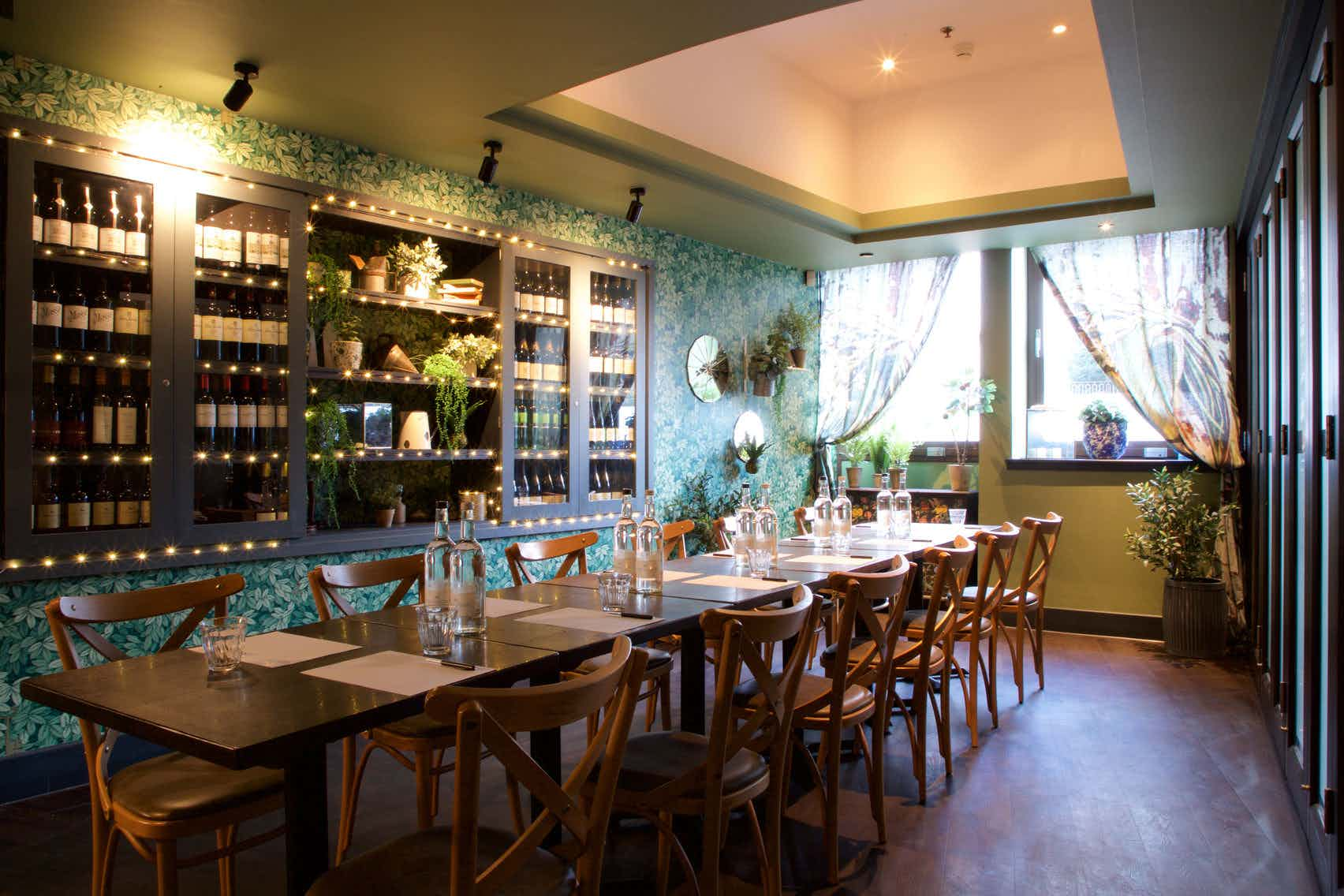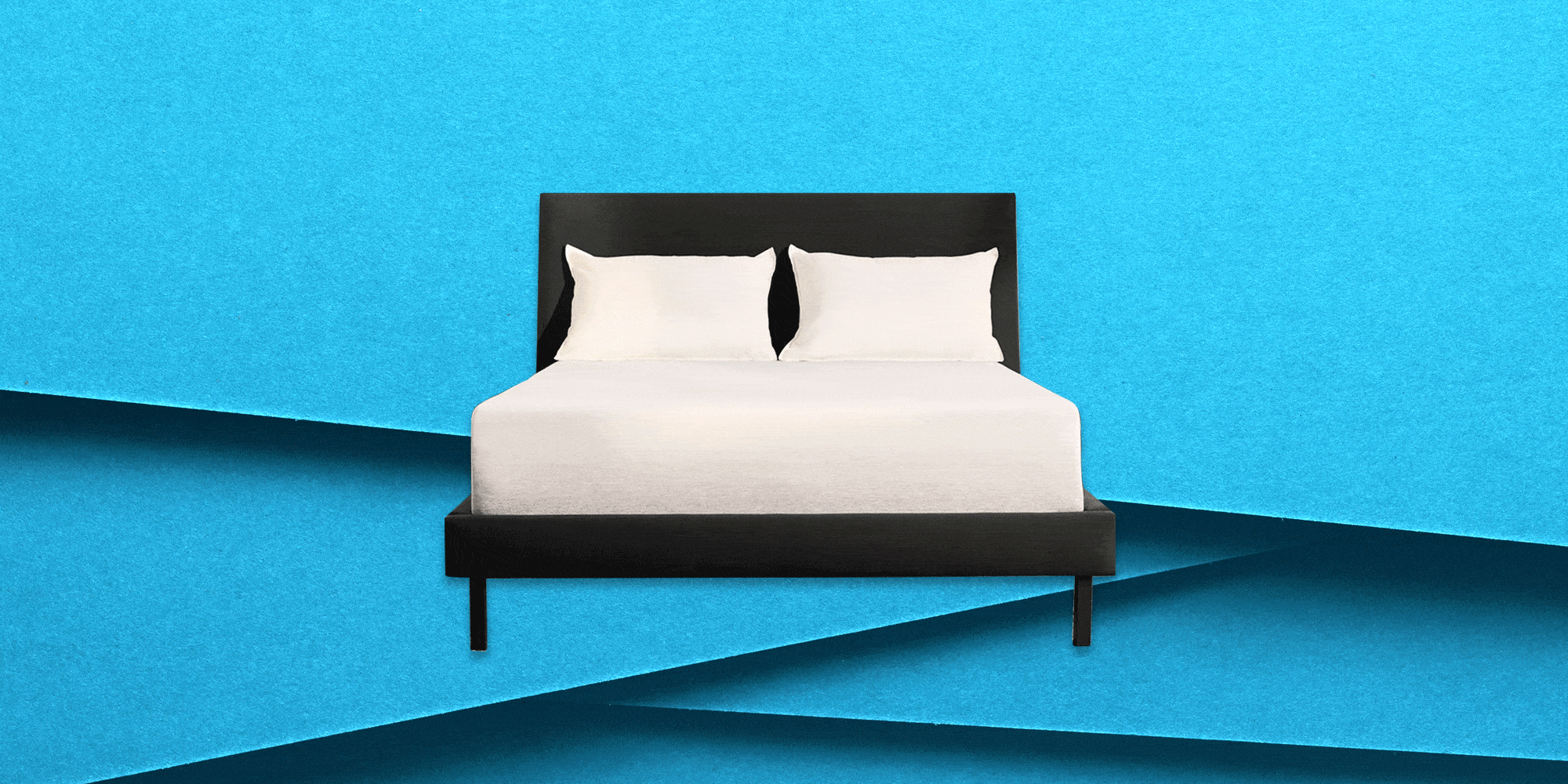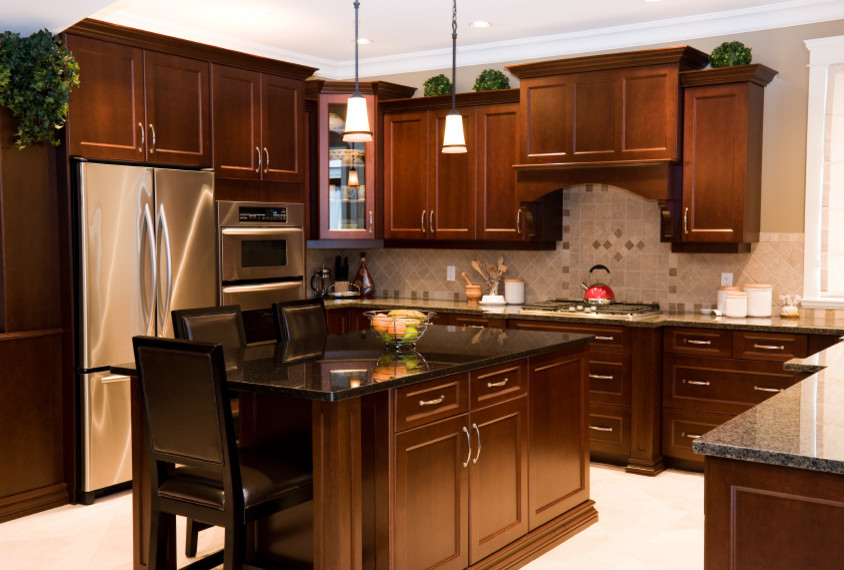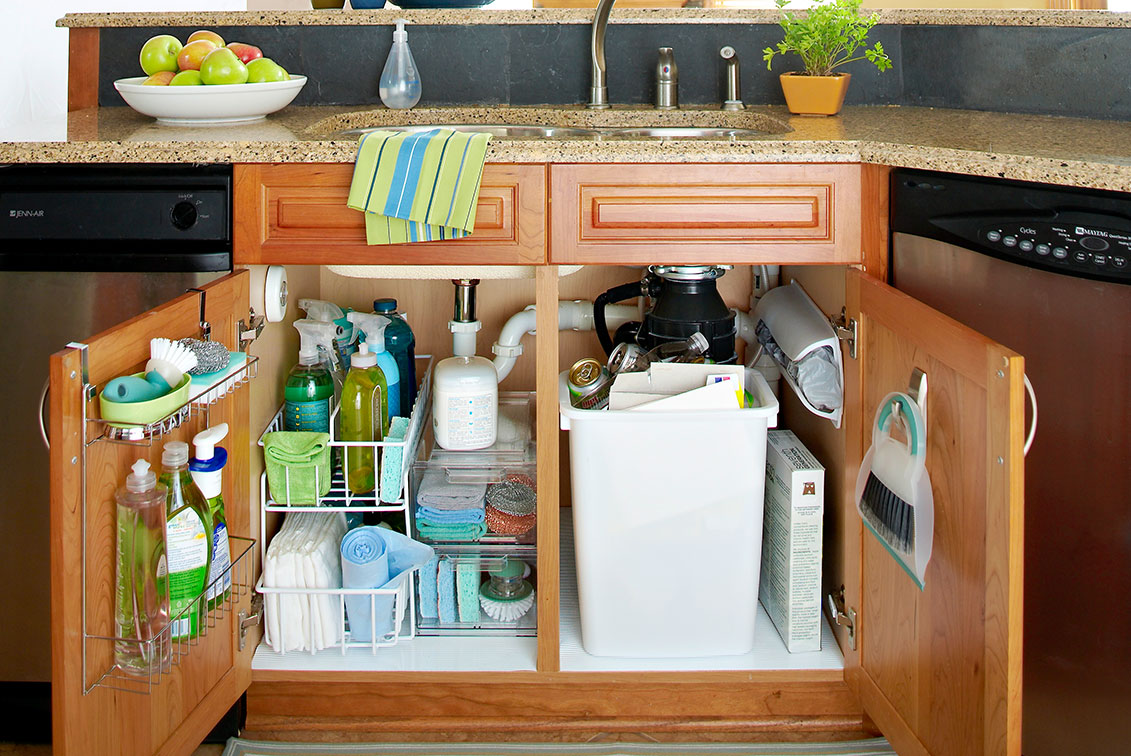Romanesque House Designs with Courtyards
Romanesque style house designs can include elements such as courtyards, which are perfect for entertaining or just spending time outdoors. These courtyards bring in light and air to the interior, and can be designed to echo the style of the home. Often including a fountain, potted plants, and comfortable seating, these courtyards can be small and simple for more intimate entertaining or grandiose with specific elements fit to the unique needs of the homeowner. Strategically placed within the structure of the home, courtyards create a pleasant atmosphere while remaining largely private.
Romanesque House Designs with Columns
Columns have been present in architecture since Ancient Greece, but reached new heights of sophistication when used in the Romanesque style of architecture. Perfectly reflecting the grandeur and beauty of this popular era, columns provide stability and magnificence to a home. Ranging from simple, functional designs to ornately decorated columns to luxurious and intricate carved works of art, these details are a timeless feature of a grand house.
Romanesque House Designs with Towering Walls
Towering walls can help create a brilliant display of sanctuary for homeowners whose style reflects those of the Romanesque period. These walls can be used to section off the home, creating an atmosphere of security and privacy. The height will depend on the size of the house and the intention of the homeowner, but they provide an attractive feature destined to be admired by guests, and can be adorned to the homeowner's taste.
Romanesque House Designs with Arches
Arches are another feature commonly seen in Romanesque house designs. Whether used to accentuate the beauty of a room or to represent a distinct transition between two different areas, arches can provide an element of mystery to the space. From single archways to elaborate multiple arches, these features can be as subtle or as elaborate as the homeowner desires.
Romanesque House Designs in Open Spaces
When it comes to home designs of the Romanesque period, open spaces are quite popular. Homeowners like to create inviting spaces that remain open yet feel private, and open spaces can provide a great way to achieve this look. Some homes may use fireplaces or columns to create distinct areas within an open space, while others may incorporate sheer drapes or furniture layout to establish a sense of privacy. Regardless of the choice, open spaces can be a very attractive choice.
Romanesque House Designs with Geometric Patterns
Geometric patterns are often associated with the Romanesque period of architecture and provide the perfect opportunity to add some unique flair to a home. From straight lines and circles to complex weaving patterns, geometric shapes can be used to add definition to a room or serve as a stand-alone element to draw guests’ attention. Geometric shapes and patterns provide a timeless element that any homeowner would be proud to have within their home.
Romanesque House Designs with Bold Cornices
Cornices are a common feature in Romanesque designs, and offer a striking element to the home. Depending on the homeowner’s specific style, cornices can serve as moulding, trim, or even as an accent wall covering, making it the perfect way to add an extra touch of luxury. Bold colors, intricate designs, and striking patterns can truly give a room that extra wow factor.
Romanesque House Designs with Antique Details
Antique details are another common trait of Romanesque house designs. From furniture to features, these details can be found in the home and provide a look that people know and love. Combining classic styles with modern sophistication, the home will become a unique and special place that can be enjoyed by everyone. Incorporating antique details into a home can mean a little extra effort but is well worth the results.
Romanesque House Designs with Splendid Ceilings
Ceilings are an excellent way to add to the grandeur of a house in the Romanesque style. From high vaulted ceilings to dramatic beams, there are many ways to capture the essence of this era of architecture. Plaster, wood, gold accents, and other details can be used to make a statement that can’t be ignored. Splendid ceilings, if designed properly, can really draw the focus of a room, making it a must-have feature when creating a home in the Romanesque style.
Romanesque House Designs with Heavy Furnishings
Furniture is a key element of any Romanesque house design. Furniture from this era was often heavy in scale, with larger-than-life elements. From luxurious leather pieces to detailed wood pieces with ornate carving, there is no shortage of possibilities when it comes to furnishing a home in the Romanesque style. Whether the pieces are used as accents or larger elements, they can be tailored to match the homeowner’s specific style and make a lasting impression.
Romanesque House Designs with Brick Flooring
Brick flooring is a great way to add a unique touch to a home in the Romanesque style. This material comes in a variety of styles and colors, and can be used to great effect in many parts of the home. Whether used as a rotunda in the center of the house or defining a path through a courtyard, brick is a beautiful addition to a home. It can also be used as a striking focal point in a room, and polished to a sheen that is sure to draw the eye.
Textures and Colors of Romanesque Style House Design
 The Romanesque style of houses was developed in Europe during the 12th century and is distinguished by its
dynamic textures
and
rich colors
. The two are the major features of the architecture that defined its look. Texture is achieved by alternating the sizes of the stone and brick craftsmanship. Smaller, carved blocks of stone are interspersed amongst larger architectural components to add visual interest. The varied colors come from the type of stone or brick used. Colors range from the yellow and red of sandstone to the rich bluish-gray of granite.
The Romanesque style of houses was developed in Europe during the 12th century and is distinguished by its
dynamic textures
and
rich colors
. The two are the major features of the architecture that defined its look. Texture is achieved by alternating the sizes of the stone and brick craftsmanship. Smaller, carved blocks of stone are interspersed amongst larger architectural components to add visual interest. The varied colors come from the type of stone or brick used. Colors range from the yellow and red of sandstone to the rich bluish-gray of granite.
Prevalence of Romanesque Style House Design
 The Romanesque style was adopted by architects during the 11th and 12th century, mainly in Spain, France, and Italy. This style of architecture had a
profound impact
and left its mark across many countries. England also received influence from Romanesque architecture, mainly because of the
cultural exchange
with France. In the late 19th century, many new Romanesque constructions were built across the world, including United States, Germany, and many other nations.
The Romanesque style was adopted by architects during the 11th and 12th century, mainly in Spain, France, and Italy. This style of architecture had a
profound impact
and left its mark across many countries. England also received influence from Romanesque architecture, mainly because of the
cultural exchange
with France. In the late 19th century, many new Romanesque constructions were built across the world, including United States, Germany, and many other nations.
Design Elements of Romanesque Style House Design
 The Romanesque style of houses exhibits a display of columns and arches which give it a
strong, sturdy
look. In the masonry, light-colored stones are used to block off large parts of the wall, with ornamental stones scattered throughout. The effect of this is to create a
playful interplay
of light and shadows. Interiors of Romanesque houses are impressive and colorful. You will find intricate
mosaics
,
frescoes
, and stained glass windows. The typical Romanesque house also has a courtyard, giving the villa a
perfect blending
of architectonic elements.
The Romanesque style of houses exhibits a display of columns and arches which give it a
strong, sturdy
look. In the masonry, light-colored stones are used to block off large parts of the wall, with ornamental stones scattered throughout. The effect of this is to create a
playful interplay
of light and shadows. Interiors of Romanesque houses are impressive and colorful. You will find intricate
mosaics
,
frescoes
, and stained glass windows. The typical Romanesque house also has a courtyard, giving the villa a
perfect blending
of architectonic elements.



























































